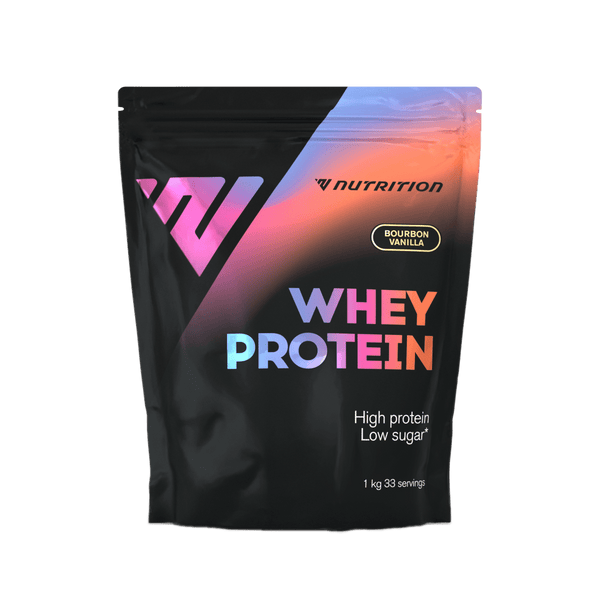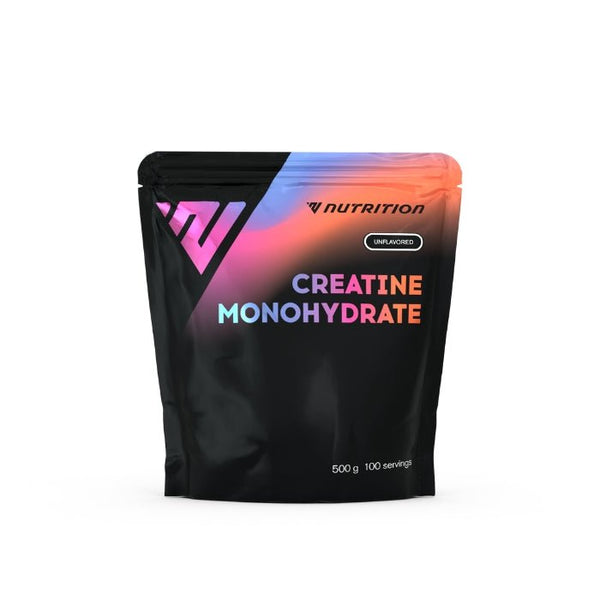Vitamin E is a fat soluble vitamin that naturally exists in 8 forms: four tocopherols (alpha, beta, gamma and delta), as well as four tocotrienols (alpha, beta, gamma and delta). Although the body is able to absorb everyone, alpha-tocopherol is the only metabolically active form of vitamin E [1,2,3,4].
The main function of vitamin E is to act as an antioxidant, controlling the action of free radicals. Free radicals are highly unstable molecules that are formed as a result of normal metabolic processes in the body or as a result of exposure to environmental factors such as smoke. When the mechanisms of our organism are not able to function effectively enough to stabilize the formation of free radicals, oxidative stress occurs, which contributes to early aging and the development of degenerative diseases such as malignant tumors and atherosclerosis [1,2].
The most important functions of vitamin E
- Stabilize cell membranes and protect cells from free radicals;
- Protects lungs from oxidative damage to the environment;
- Helps prevent the development of malignancies by protecting cells from DNA mutations;
- Helps prevent the development of cardiovascular diseases, protecting the body from lipid peroxidation (lesions formed by free radicals that contribute to the development of atherosclerosis);
- Protection of eyes, liver, mammary glands and muscles;
- Helps to ensure the antioxidant effect of beta-carotene [2].
Health problems caused by vitamin E deficiency
Vitamin E deficiency is a very rare phenomenon. It usually develops as a result of genetic changes, which include vitamin E metabolism, fat malabsorption or a diet with insufficient protein. However, vitamin E is usually found in fatty foods and is more easily absorbed by the body when ingested with fat-rich foods, its absorption may only be disturbed in people on low-intake diets [1].
Signs and symptoms of vitamin E deficiency
- Peripheral neuropathy (loss of tenderness)- primary symptom;
- Ataxia (poor coordination of movements);
- Myopathy (muscle weakness);
- Pigmentary retinopathy (degenerative retinal disease);
- Deterioration of erythrocyte function [1].
Vitamin E in the diet
- Vegetable oils (including olive oil);
- Unprocessed cereals;
- Almonds, hazelnuts, peanuts, pine nuts and walnuts;
- Seeds;
- Meat (especially the fatty part) [1];
- Eggs;
- Salmon;
- Sweet potatoes.
The process of preparing, storing and processing dishes reduces the concentration of vitamin E in the product, since it is exposed to oxygen, light and heat [2]. Therefore, if possible, it is advisable to eat these dishes in their natural form. Remember that vitamin E is a fat soluble vitamin, so it is better to be absorbed by ingesting it with a food containing fat [1]. If you take vitamin E supplements, we recommend taking it with a meal, eating food containing fat to promote the absorption of the vitamin.
Recommended daily intake of vitamin E
Several studies indicate that vitamin E intake is insufficient [2, 6, 7]. A study in the USA in 2004 indicates that 90% of North Americans do not take the recommended daily intake of vitamin E [7].
|
Life stage |
Age |
Men |
Women |
|
Infant |
0-6 months |
4 mg/day |
4 mg/d |
|
Infant |
7-12 months |
5 mg/d |
5 mg/d |
|
Child |
1-3 years old |
6 mg/d |
6 mg/d |
|
Child |
4-8 years old |
7 mg/d |
7 mg/d |
| Child |
9-13 years old |
11 mg/d |
11 mg/d |
|
Teen |
14-18 years old |
15 mg/d |
15 mg/d |
|
Adult |
19 years and older |
15 mg/d |
15 mg/d |
|
Pregnant |
At all ages |
- |
15 mg/d |
|
Breastfeeding women |
At all ages |
- |
19 mg/d |
Reference values from the United States' Food and Nutrition Board (Institute of Medicine) [1].
Pasūtiet E vitamīnu mūsu interneta veikalā.
Atsauces:
- Vitamin E. Dietary reference intakes for vitamin C, vitamin E, selenium, and carotenoids, Food and Nutrition Board, Institute of Medicine, Washington D.C.: National Academy Press; 2000:186-283.
- Insel P, Turner RE, Rozz D. Nutrition. 2ª ed.; 2004. p. 380-85.
- Azzi, A. Many tocopherols, one vitamin E. Molecular Aspects of Medicine, 2017. S0098-2997(17).
- Traber, M.G. Utilization of vitamin E. Biofactors, 1999. 10(2-3):115-20.
- Tabela da Composição de Alimentos. Centro de Segurança Alimentar e Nutrição, Instituto Nacional de Saúde Dr. Ricardo Jorge; 2007.
- Ahuja, J.K.&Goldman, J.D.&Moshfegh. A.J.. Current status of vitamin E nutriture. Annals of the New York Academy of Sciences, 2004. 1031:387-90.
- Maras, J.E. et. al., Intake of alpha-tocopherol is limited among US adults. Journal of the American Dietetic Association, 2004. 104(4):567-75.







